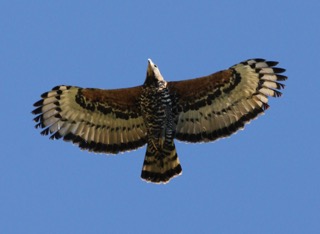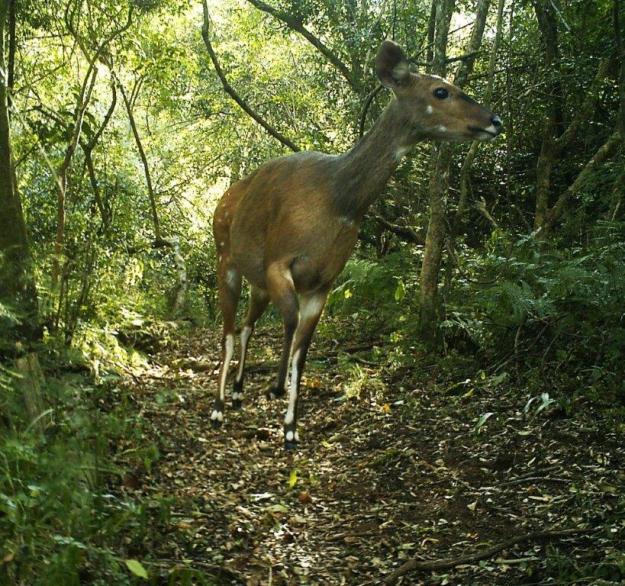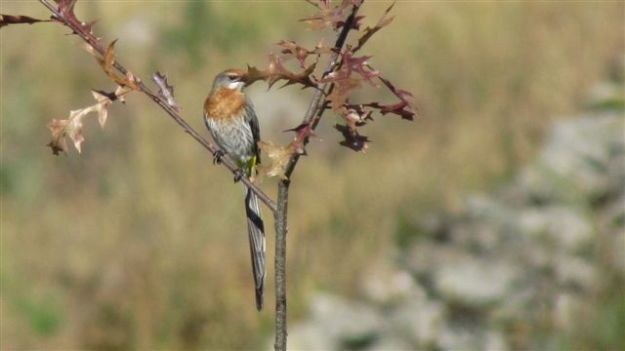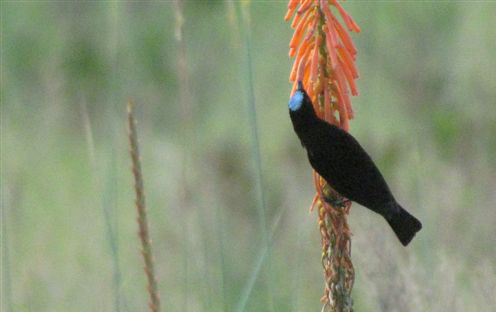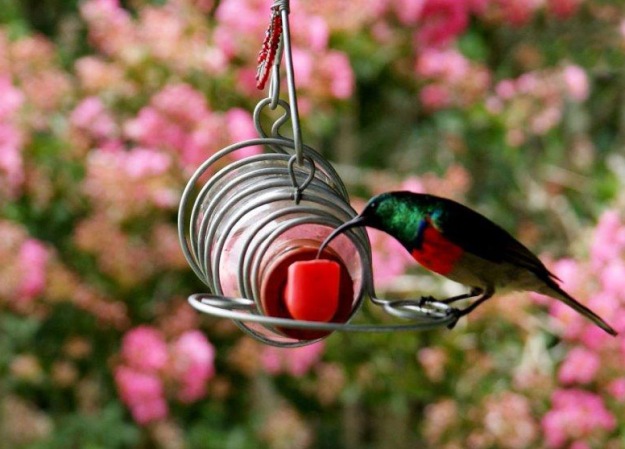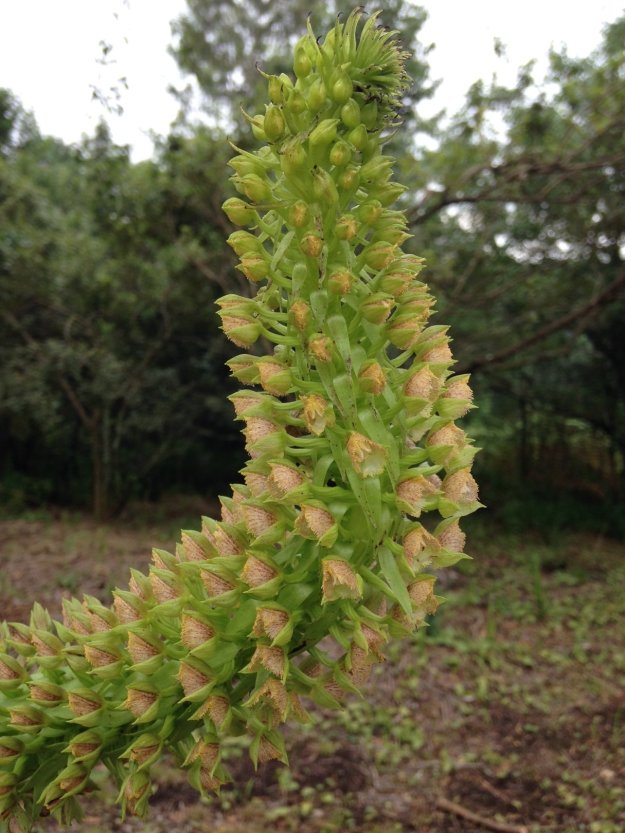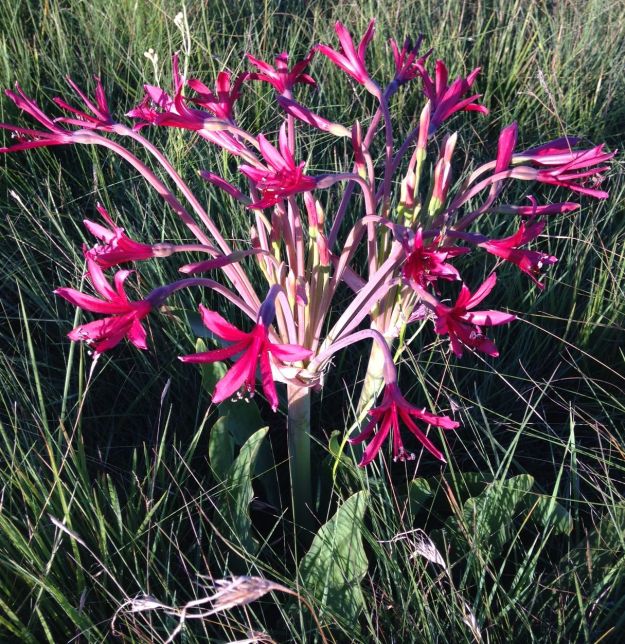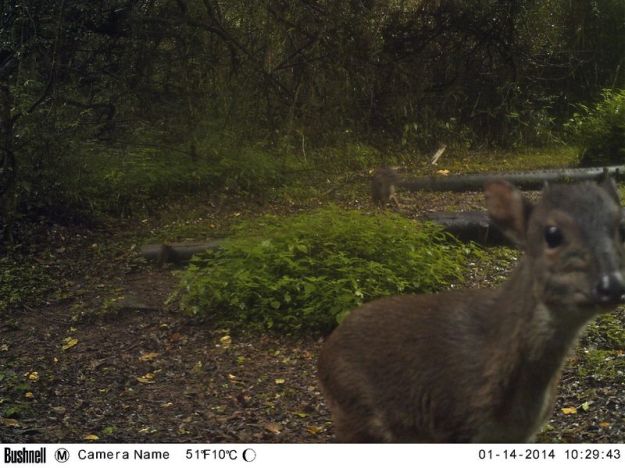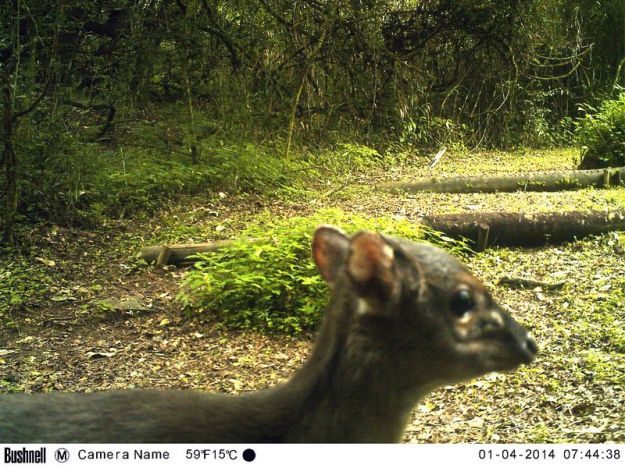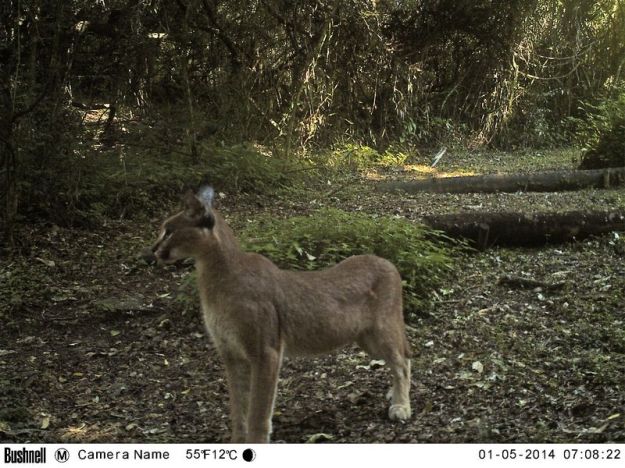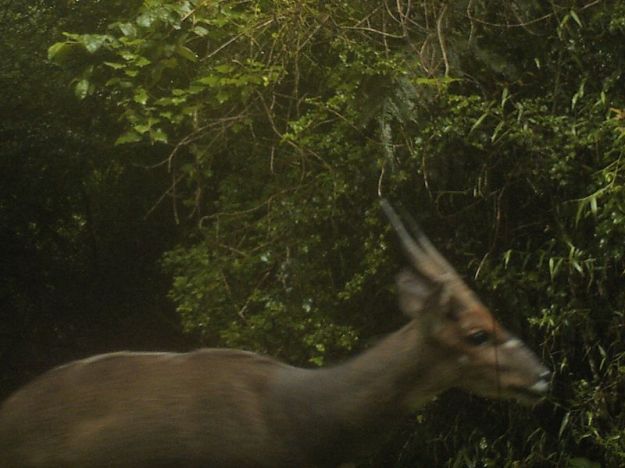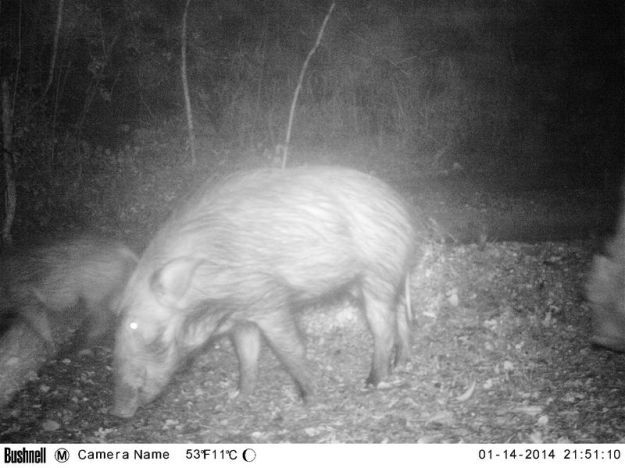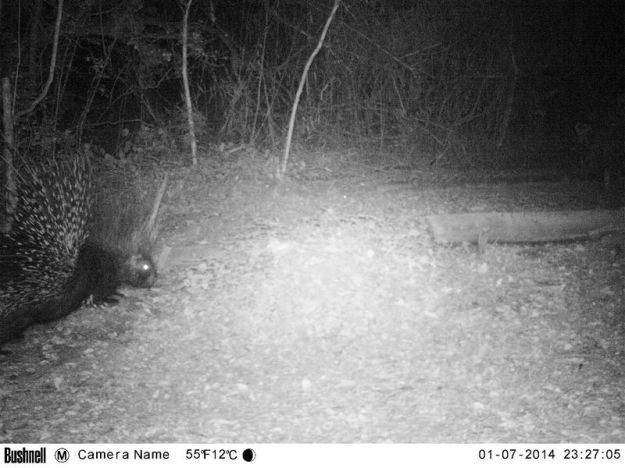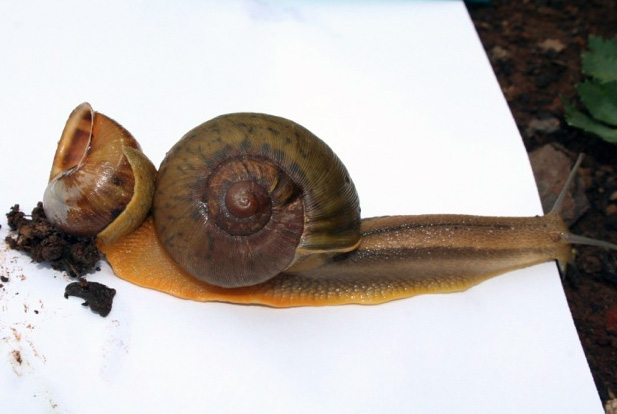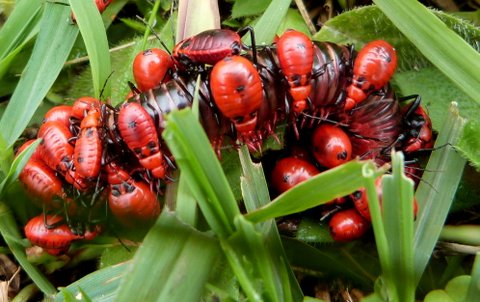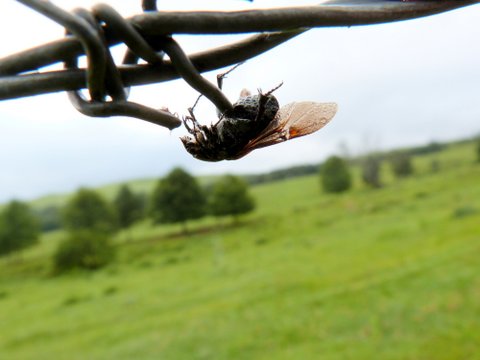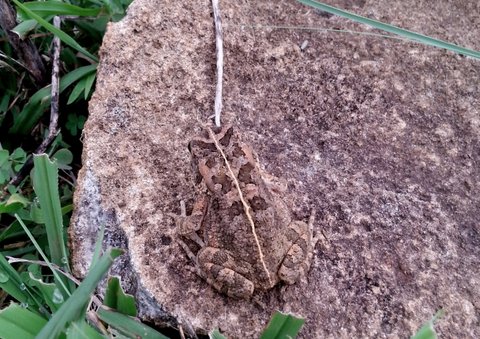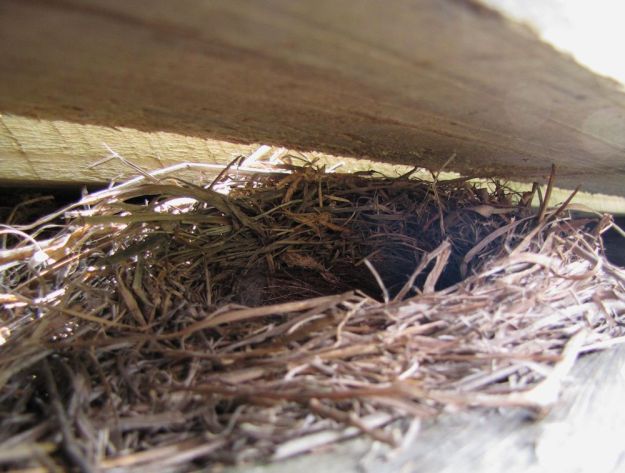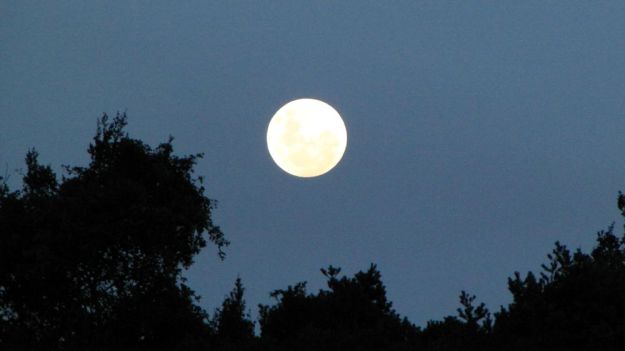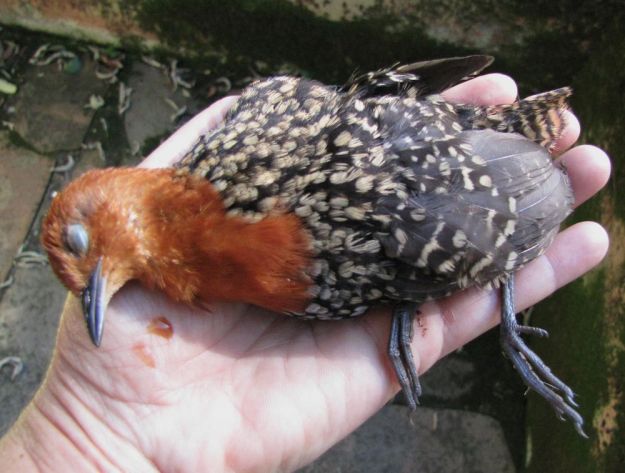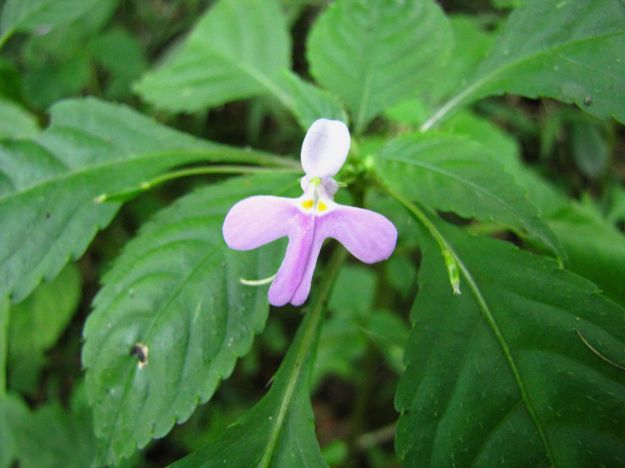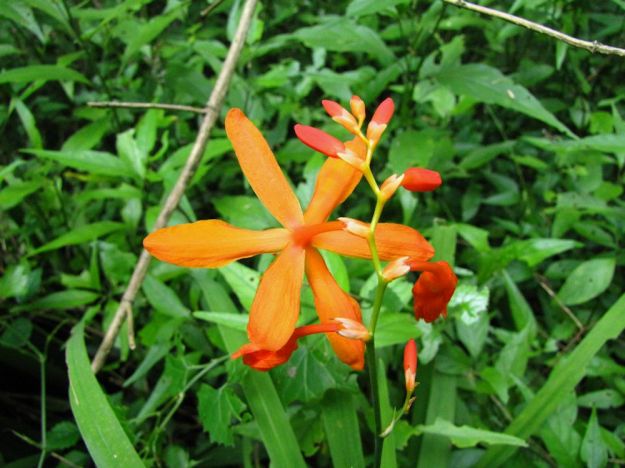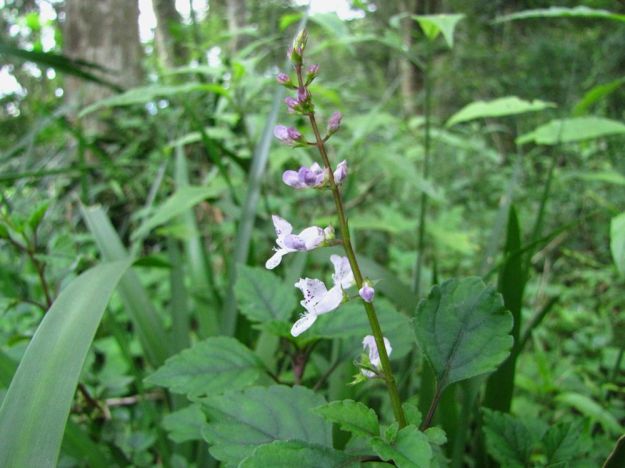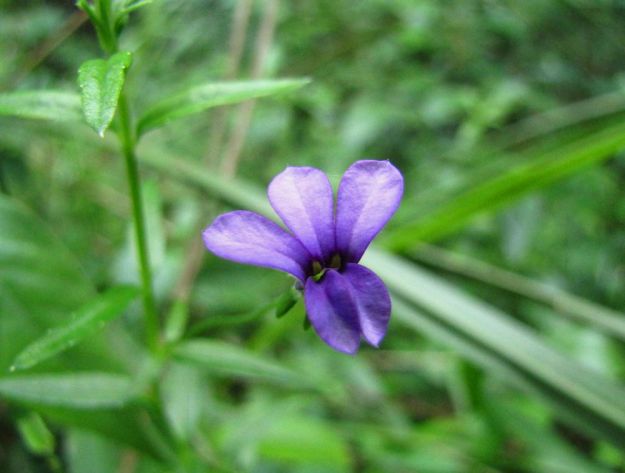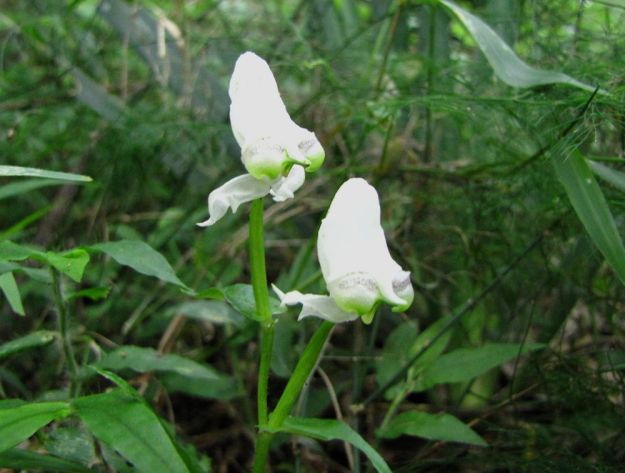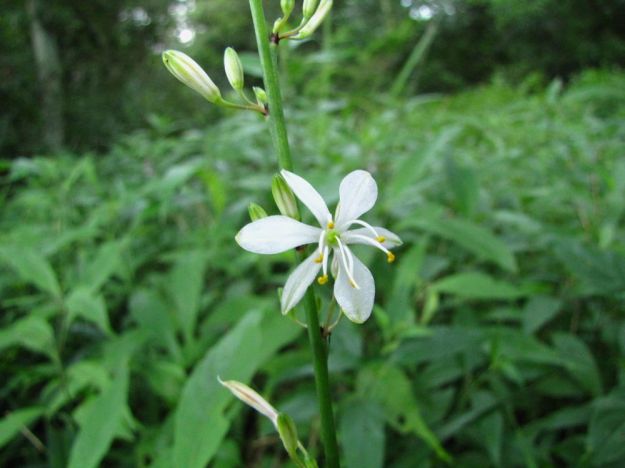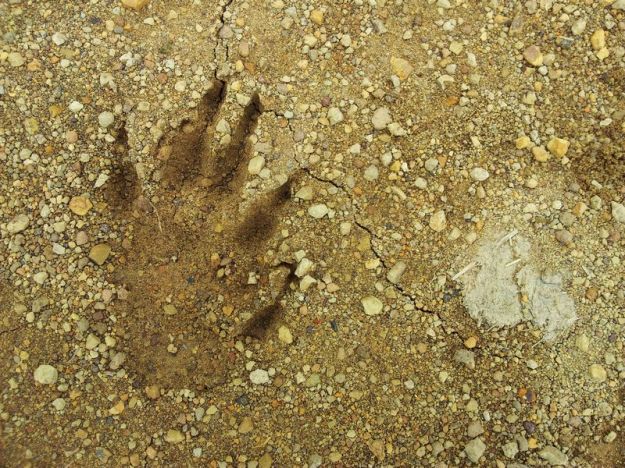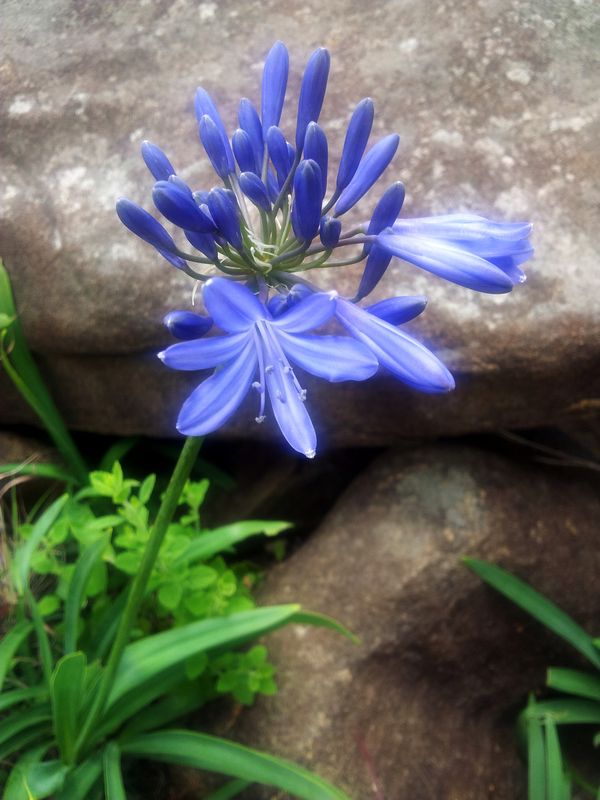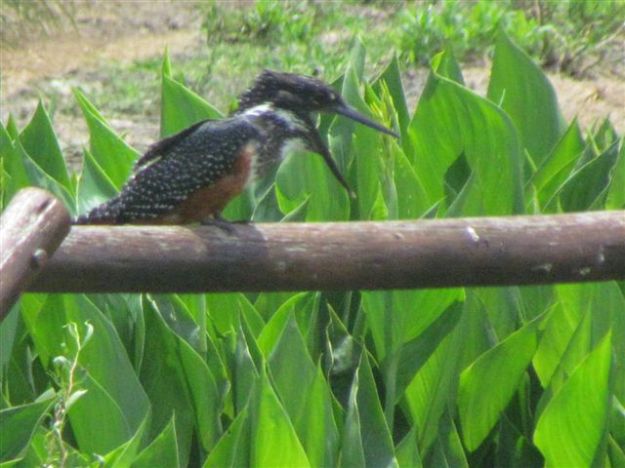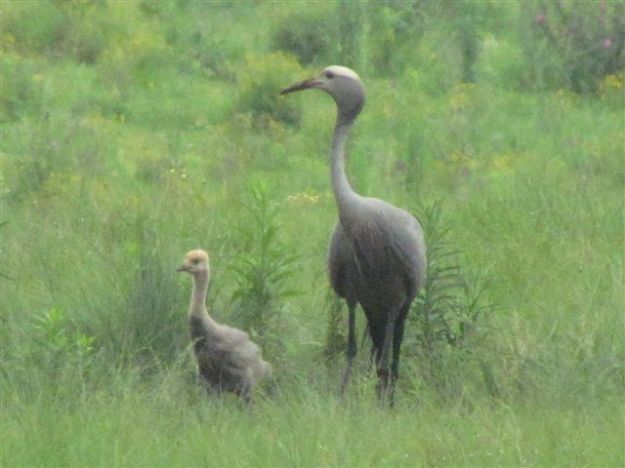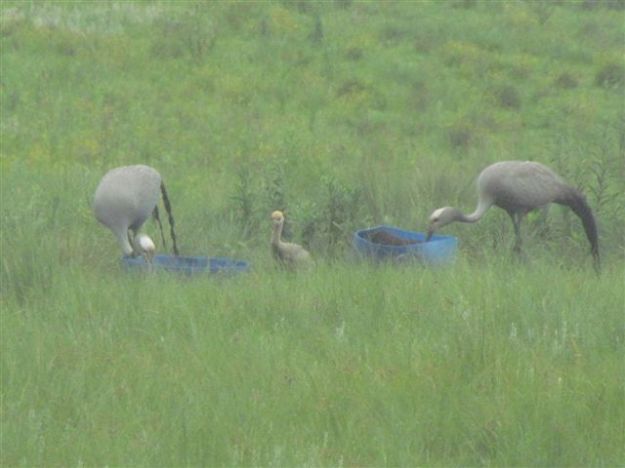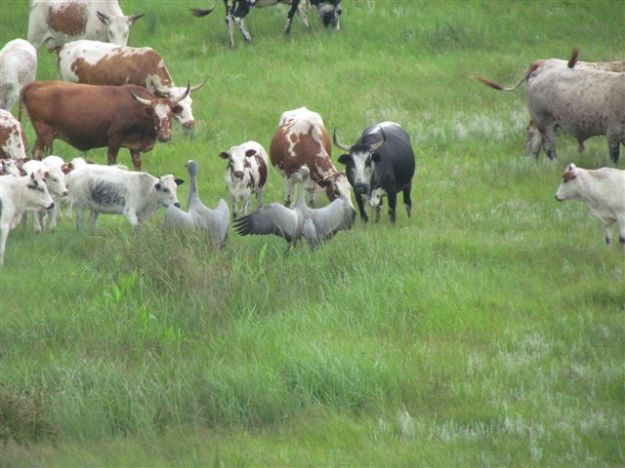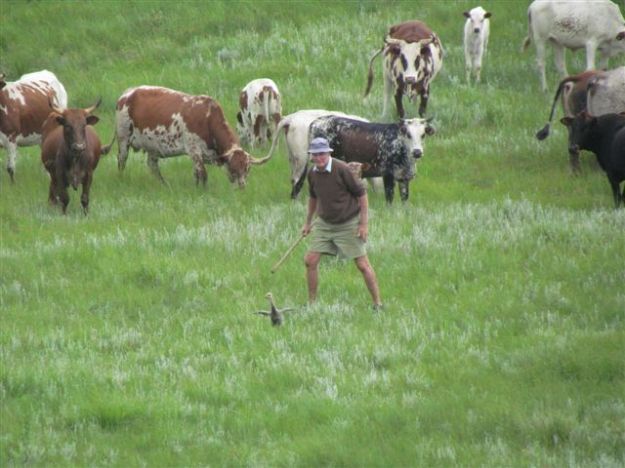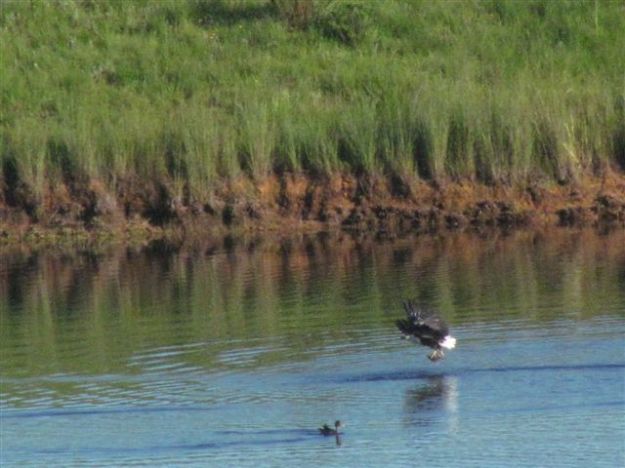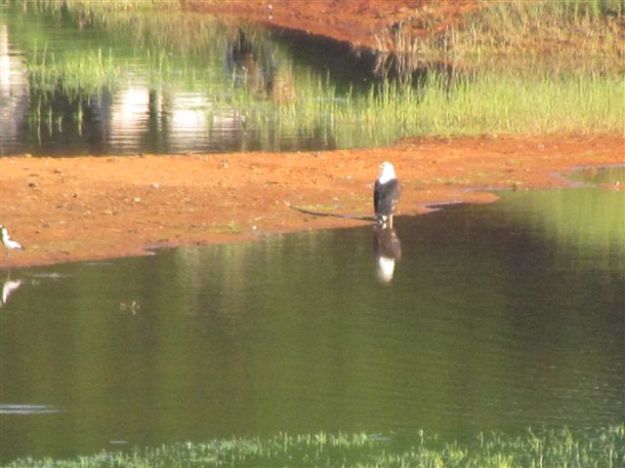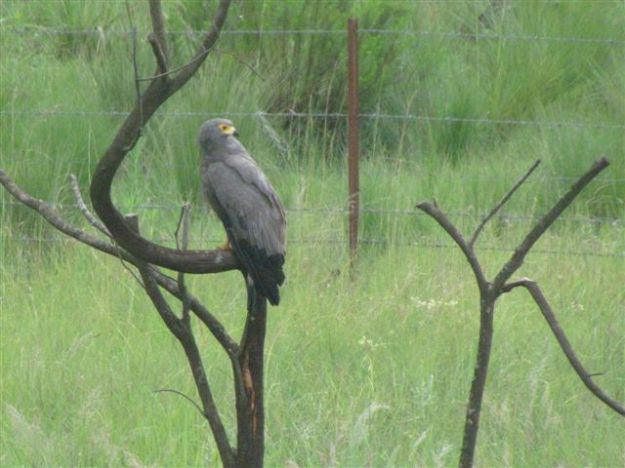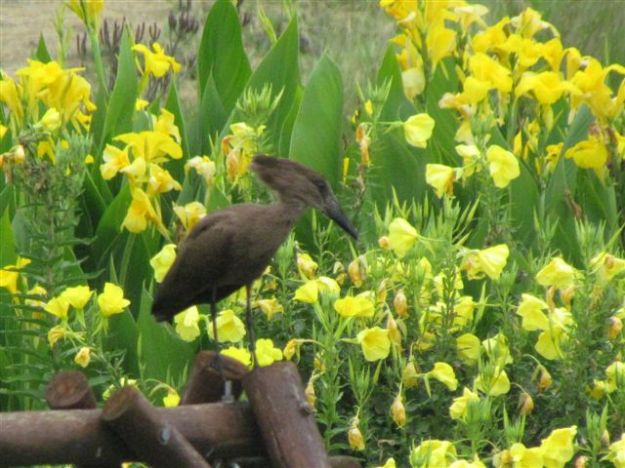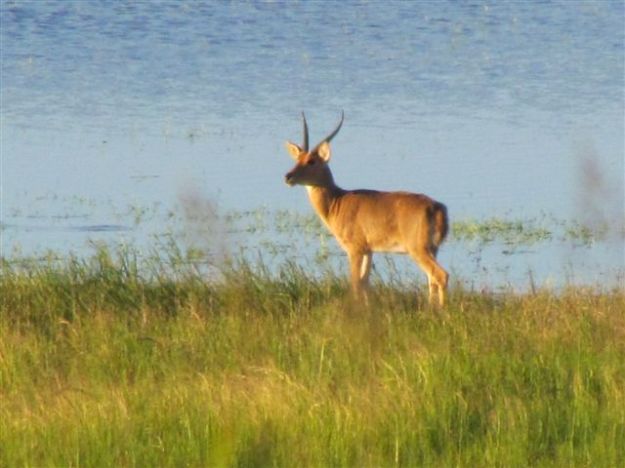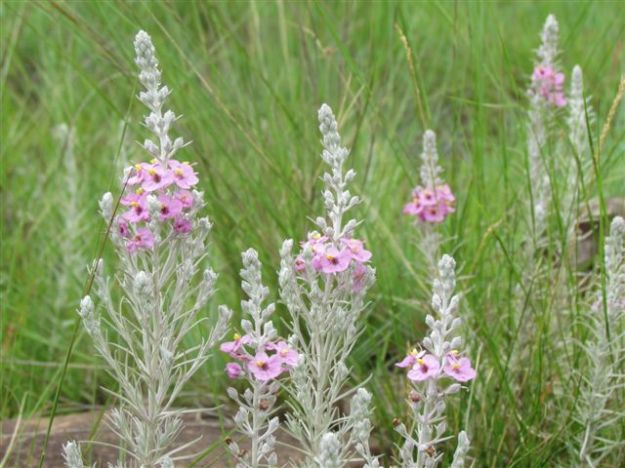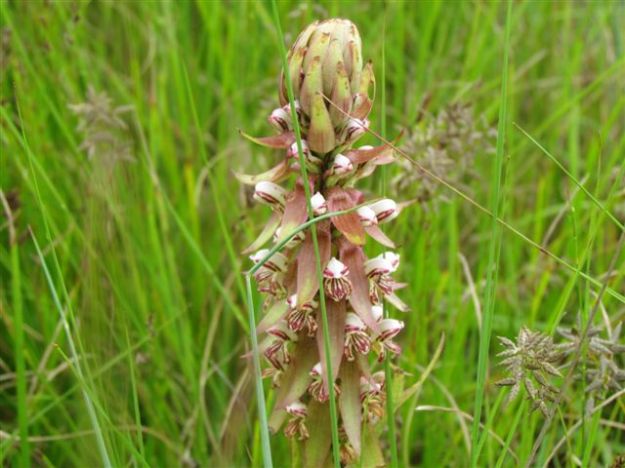The lovely warm winter days have certainly been abundant this year, we have had some chilly frosty mornings here in the Dargle, but by 9am it’s usually pretty warm. One thing needing mentioning, the Merricks sent through their sightings for March, but somehow they got lost in “cyber space” and only came through in June! So let’s see what pictures have been sent in and creatures spotted…
Tony Ritchie/Helen Booysen – Crab Apple Cottages
This pic of our Crowned Eagle was taken by a guest: Tony Ritchie, as the bird flew over our driving session on Monday 15th June.
Nikki Brighton and Tiffany Atwell (Old Kilgobbin) as well as Tammy Caine & Shane McPherson (Owl Box Project)
Early morning wanders around the farmyard have been a real treat for the last while. Often the silent silhouette of a barn owl swoops by just before the sun starts to rise. The hungry hiss of a couple of chicks in the owl box is unmistakable, but we can’t see them tucked safely in their bed high in the shed. Fortunately, Tammy Caine and Shane McPherson of the Owl Box Project visited to install a box in another shed on the farm and couldn’t resist a peek. Tiffany took these wonderful photos while they ringed the chicks so that we will be able to see if one of them takes up residence nearby.
Dr. Amy-Leigh Shuttleworth, School of Life Sciences, University of KwaZulu-Natal
Some images captured on the trail cameras on Albury Farm last month, Sandra Merrick sent through this information:
Dr Amy-Leigh put up 4 cameras during the month, as we had a very active aardvark on the farm but as usual, no luck after ten days, but there are a couple of other wonderful pics she sent us.
Ashley Crookes – Copperleigh Farm
After attending all the recent Owl talks we’ve had in the Dargle, I have tried to be more observant to see what owls we have here on our farm. Last month we had a Barn Owl flying around inside our shed whilst we were working with the sheep. Then last week as I was driving out the gate in the evening, there was an African Eagle owl sitting on the fence just looking out over the veld. Hopefully he/she managed to catch lots of rodents and keep them out of our tractors!
Brian & Marashene Lewis – GlenGyle
The first part of June did not deliver many photographs. Brian then moved the camera to a different part of the GlenGyle forest. (These were all captured with the Dargle Conservancy Trophy Camera.)
Pat and Sandra Merrick – Albury Farm (March & June)
We were away when the juvenile Blue Crane started flying. They are still on our farm and fly to the dam every night at about 5.30pm.
Saw 7 crowned crane at the dam one evening. Have seen 2 sets of Crowned crane with one juvenile this month. Have not seen our Blue crane in a long while.
Last month we got quite excited when we saw a large hole had been dug in the hill opposite our house.
We went to investigate and found scratch marks from the claws of the aardvark just inside the burrow. I contacted Dr Amy Wilson who came out with her trail cameras and set up 3 outside the burrow. Unfortunately, the next 8 nights were either stormy or drizzly and cold. Much to our disappointment, the cameras showed no activity at all, so either he had bunkered down or gone elsewhere.
The black female sunbird was sitting when we went away but not there on our return so not sure if a juvenile had been hatched.
The swallows, sparrows, barn owls and rock pigeons are still around the house.
Seen a number of duiker and reed buck. They are eating the acorns.
The black sparrowhawks are still in the gum plantation. The buzzards seem to have vanished.
Chats, sunbirds, wagtails, southern bou bous, cape robins, drakensberg prinia, olive thrushs still around.
I am convinced that these Malachite sunbirds were mating. I saw this happening beginning June. The problem is, do sunbirds mate in winter?
They first both landed on tree, looked at each other and then touched beaks (did not get this photo unfortunately). They moved closer together on branch and then she turned upside down and he flew on top of her – this all happened in seconds…
Perhaps someone who is experienced in this behaviour can shed some light on what they were doing.
We saw our neighbour who told us that he had 9 water buck on his farm eating his pastures, so we decided to go for a hike one morning when the electricity was off for 13 hours (repairs). He also told us that there were a number of aardvark holes next to the dirt road. He had noticed the trophy camera that Dr Amy Wilson had put up the previous week, as we had told her the aardvark was around once more digging his holes. She put up several cameras around our farm roads.
It was a beautiful morning and we soon found the 9 Waterbuck lying in the long grass. There were many aardvark prints in the soft dirt road and also a number of large holes. I took a few pics and we carried on walking to a stream on the next door farm, wanting to stop for a tea break. What we encountered in the Wattle trees was a bush pig. Fortunately there was no confrontation and he just ran off. Whew.
The very next day those same 9 water buck arrived on our farm once more. We have always had 5 buck but now the 9 from next door had arrived – had they followed our scent?
They seemed to enjoy eating the roughage for a few hours before disappearing over the dam wall. We haven’t seen them since.

The water buck are back, but 9 arrived on farm this time although only managed to get 7 in this shot
The one Barn owlet was giving us a lot of problems through the month by flying through the security beams every night. We were getting a little tired of this and one night when he arrived on the window sill I told Pat to go and fetch him before the dogs caught him! We put him in a large box and took him to Free Me next day. We decided to do this before he injured his wings. All the previous owlets that we have taken to Free Me had injured their wings. When I went to go see him a week later at Free Me, I was told that Tammy Caine from the Raptor Rehab centre had arrived at Free Me and had ringed him and taken him away. I just hope that he will be released soon in an area where he will be happy.
I have seen a number of commodore butterflies this month. One sat on the ceiling in our lounge for a week. One warm morning when I opened the doors he flew out.
A pair of African shelduck at the dam.
A yellowbilled duck hatched out 10 ducklings beginning of the month. So very late. A few days ago only 4 were left! Every night about 60 spurwing geese spend the night on the dam. Pat saw 3 francolin chicks.
There are a lot of reedbuck around – a few days ago saw a baby reedbuck with mom which was encouraging as the jackal are still howling every night.
